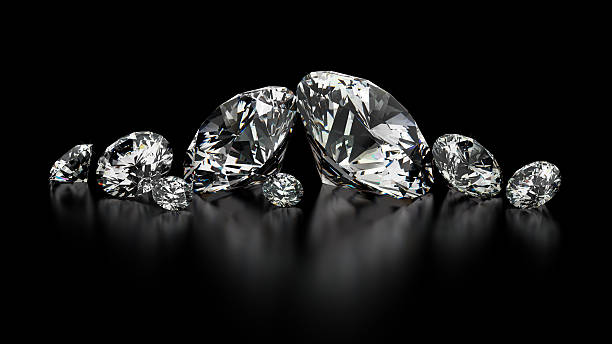The Truth About Zircon Stones All Entries

Many people immediately think of the words “fake” or “imitation” when they hear about the gemstone zircon, but there’s a lot more to the stone than that. The use of this magnificent gem (not to be confused with cubic zirconia) dates all the way back to ancient times. Nowadays, zircon is one of the world’s most underrated gemstones, well known for its brilliance and versatility.
History of Zircon
The origin of zircon is not well known, but many scholars believe that it got its name from the Arabic word for “vermillion” or “cinnabar,” zarkun. Others believe that its name has roots with the Persian word zargun, which means “gold-colored.”
Tiffany’s most well-known gem buyer George Kunz was big fan of zircon, and had once tried to rename it to “starlite” because of its fire and brilliance. Unfortunately for him the name never caught on.
During the Middle Ages, people believed that zircon could help drive away evil spirits and induce sound, restful sleep. They also believed that it could stimulate a wearer’s wealth, wisdom, and honor.
Attributes of Zircon
Zircon stones come in a wide variety of colors. Natural stones tend to range between brown, red, and yellow. The other shades, like colorless, green, and blue, are all caused by heating and irradiating the stones. The two most popular colors are blue and colorless.
Colorless, faceted zircon is the most sought after type of the gemstone. Its popularity is due to its fire and brilliance, which are both incredibly similar to that of the diamond. It has a very high refractive index and dispersion that cause the stone to sparkle. Many zircon stones are sold as a substitute for diamonds. The main difference between the two gems is that zircons are doubly refractive while diamonds are singly so.
There’s another big difference between zircons and diamonds--their hardness. Diamonds are one of the world’s hardest gemstones, earning a 10 on the Moh’s hardness scales. Zircons rate at about 7.5, the same as aquamarine.
Heat-treated zircon tends to be more brittle, causing the facet edges to be easily nicked or chipped. Gemologists also warn about wearing zircon jewelry while in a tanning bed or while using UV light to cure your gel nails in the salon. The lights used in these devices can greatly alter the color of your stone.
Uses of Zircon Stones
Because of its hardness, zircon is perfect for use in a wide variety of jewelry. Gemologists use it to create stunning and unique earrings, rings, pendants, and more. Blue zircon was a favorite among estate jewelry during the Victorian era.
Zircon is also one of December’s birthstones, along with turquoise and tanzanite.
Thinking of selling your zircon stones or jewelry? Our expert gemologists would be happy to help. We offer top dollar for your jewelry. Contact us at 480.949.9299 to find out more.